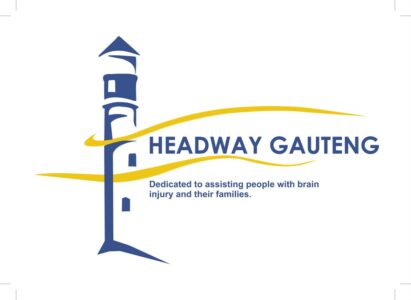At the Headway Support Team, we’ve introduced monthly discussion topics to help our community survive and thrive with brain injury. During July, we focused on The Big Picture in group discussions with brain injury survivors, and family members in HFC support group meetings. Considering the bigger picture can help you to make difficult decisions, can feed motivation when it feels most difficult to get through the day, and help you to know who you are.
You might be aware of the huge amount of research that has been concluding the importance of contact with nature for mental wellbeing—spending time in nature is linked to reduced blood pressure, lower muscle tension, and improved productive mental activity. One of the reasons why nature is so good for our mental health is that nature reminds us of perspective. Perspective, you might feel intuitively, can immediately calm us, assure us of what’s within our control, while reminding us of everything that’s outside of our control.
On the other hand, getting lost in details, and becoming preoccupied with parts of the whole story can leaving us feeling tired, trying to score in moving goal posts, and with no end to the pressure of trying to control elements of our experience that will not be controlled.
Consider the expression, “You can’t see the wood for the trees.” This is an English expression which seems to appear in many other languages, meaning that you are convinced that there is no forest because you cannot see past the trees in front of you. That is, when you are too close to something, too involved in the details, too sure that you know what you are looking at, you might misinterpret what you are seeing and what it means.
Paul Whitehead, long-standing brain injury survivor and member of Headway, experienced the trauma of brain injury as well as the realisation that he could lessen the effects of it for himself. “The choice is yours, it can either get to you and kill your spirit, or you can do things that give you contentment.”
The fact is that we all have to choose to either take the reins of our lives or accept what happens when we give up control. Figuring out what we have control over and what we cannot control can help us to decide where we want to put our energies. Even the steps of the brain injury are not walkable all at the same time. You cannot solve a problem that is located in the future, you can only work on problems that are within your reach. Still, knowing your big picture can help you to feel assured that what you are focusing on in the present moment is in service of the future you want.
“First, you can do the things that are attainable at the time, then become a little more adventurous as time goes on. Recovery becomes like a domino effect: once one thing comes right, others start falling into place. You have to be patient, something I admit I wasn’t,” says Paul.
So, what is your big picture? How do you want your life to be characterised? Learning, adventure, service to others? Honesty, love, confidence? Thinking about and choosing your most important values or lifetime goals can be a very helpful way of identifying your guiding stars. The guiding stars, that, no matter the storm, can lead you home. Whether you are living with brain injury, caring for someone with a brain injury, or working with the community, considering The Big Picture can help to ground, motivate, and guide you.



